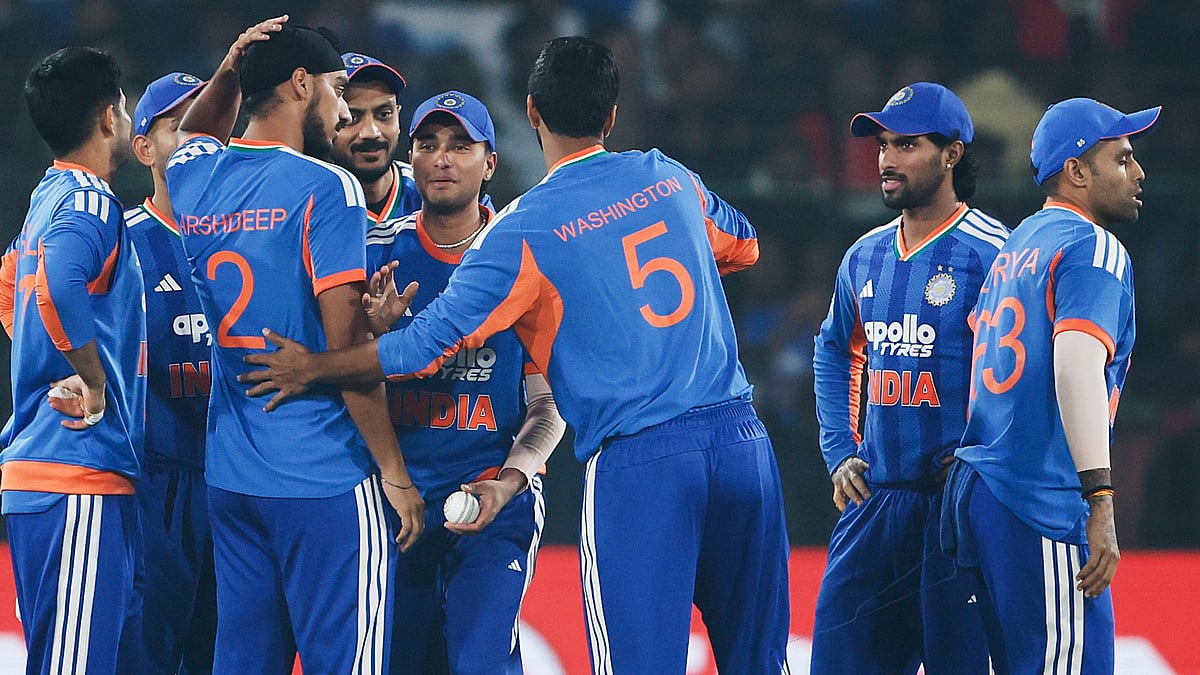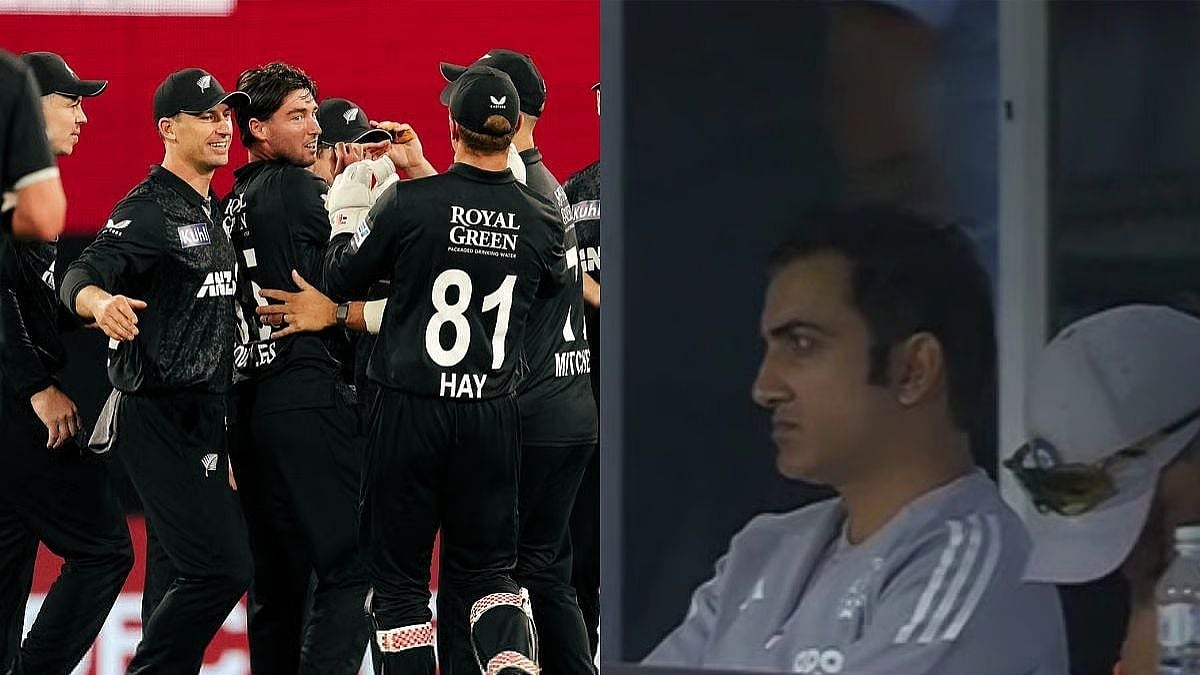The Central Vista, stretching from Raisina Hill to India Gate, has emerged as an ideological and political battlefield, in the backdrop of the raging Covid-19 pandemic. Beyond the tug-of-war between the Opposition and ruling NDA and the posturing of ‘secular liberals’ and ‘cultural nationalists’ over the Rs 20,000 crore redevelopment project, what matters is citizens’ perception.
The outcry against the project initially came from critics and ideological opponents of the government, but the insistence on powering ahead through the pandemic has broadened hostility towards the revamp. Even those who were earlier indifferent, now wonder why the Centre is in such a hurry. This makes for bad optics.
Public sentiment
Prima facie, there is no link between the pandemic and the Central Vista. But at its peak, when citizens were at their most desperate and panicked, the government should have been perceived as wholly and solely focused on alleviating public misery. Whether or not hospital beds and oxygen cylinders were magicked into existence is not the point; hope was the need of the hour. It was vital for people to feel that all levels of government – Centre and state – had their back.
The Opposition has naturally capitalised on public sentiment and politicised the project. At a time when the National Capital Region was buckling under an unprecedented caseload, ‘wasting’ resources on a ‘vanity’ project was unacceptable, said the critics. The Centre would have done better to deploy resources towards Covid-relief.
Votaries of the plan counter this view by pointing out that it constitutes an urgently-needed economic stimulus, creating employment and supporting core industries. Besides, with the declining Covid graph in Delhi, health facilities are no longer overloaded. Be that as it may, there’s no denying that quality Covid research remains the imperative at this juncture and could do with an injection of funds.
'Superspreader' potential
The ‘superspreader’ potential of the project, because it concentrates a workforce, has also been red-flagged. A petition to shut it down on the grounds that it violates Covid-19 protocols has been heard by the Delhi High Court and the judgment is pending. The government’s view is that the plea was sponsored by those who are opposed to the revamp of the Central Vista.
Arguments are being rolled out on both sides of the divide. The aesthetics and cultural impact of the project, as also the procedure followed in finalising the design, have been disparaged from the very outset, but these are subjective views that do not carry judicial weight and thus, the Supreme Court declined to stay it. While critics said the project amounted to erasing India’s colonial history, supporters held that India had no use for colonial symbols.
Naysayers claim the new design exemplifies an authoritarian mindset and will oust citizens from the Central Vista. But chief architect Bimal Patel insists that public space will not be encroached – in fact, an additional 75 acres will be opened up – and he will work within the framework of Lutyens’ Delhi. By bringing ministries and departments together, the government will become “more efficient and productive”.
Some detractors have expressed outrage that ‘iconic’ buildings are being demolished, while others don’t see anything sacrosanct about the Indira Gandhi National Centre for the Arts (built in the 1990s), the National Museum (inaugurated in two phases, in 1960 and 1989) or the annexe of the National Archives building. Indeed, the shabby display of artefacts at the museum and the mouldering of documents at the archives has long irked visitors and scholars.
Other than the Vice President’s house, none of the structures to be demolished are on the 2009 heritage list. The ministerial buildings slated for demolition, like Shastri Bhavan, Krishi Bhavan, Nirman Bhavan and Udyog Bhavan, are regarded as poorly designed, dilapidated, people-unfriendly and urgently in need of reconstruction.
Valid fears
Scholars have expressed fears that in the process of storage and shifting, some two lakh artifacts and countless archival materials might be damaged or stolen. Given the ham-handed treatment routinely accorded to antiquities, this seems a valid apprehension. The other fear is that the new constructions will be no better (or even worse) than the old ones, in which case the money would indeed have been ‘wasted’.
Setting aside the ideological and political arguments for and against the project, the fact remains that getting the new Central Vista ready for India’s 75th anniversary has been prioritised. The government’s view appears to be informed by the RSS’s ‘Positivity Unlimited’ campaign; by 2022, with the vaccine rollout complete, India will be on the other side of Covid and will need a positive relational symbol to overcome the fallout.
The trouble with this reasoning is the persistence of loss. Crippling grief over the absence of loved ones will not vanish overnight. Nor will memories of the helpless horror that attended the ordinary citizen’s desperate search for succour. Right now, they couldn’t care less about a new, improved Central Vista.
The writer is a senior journalist with 35 years of experience in working with major newspapers and magazines. She is now an independent writer and author









